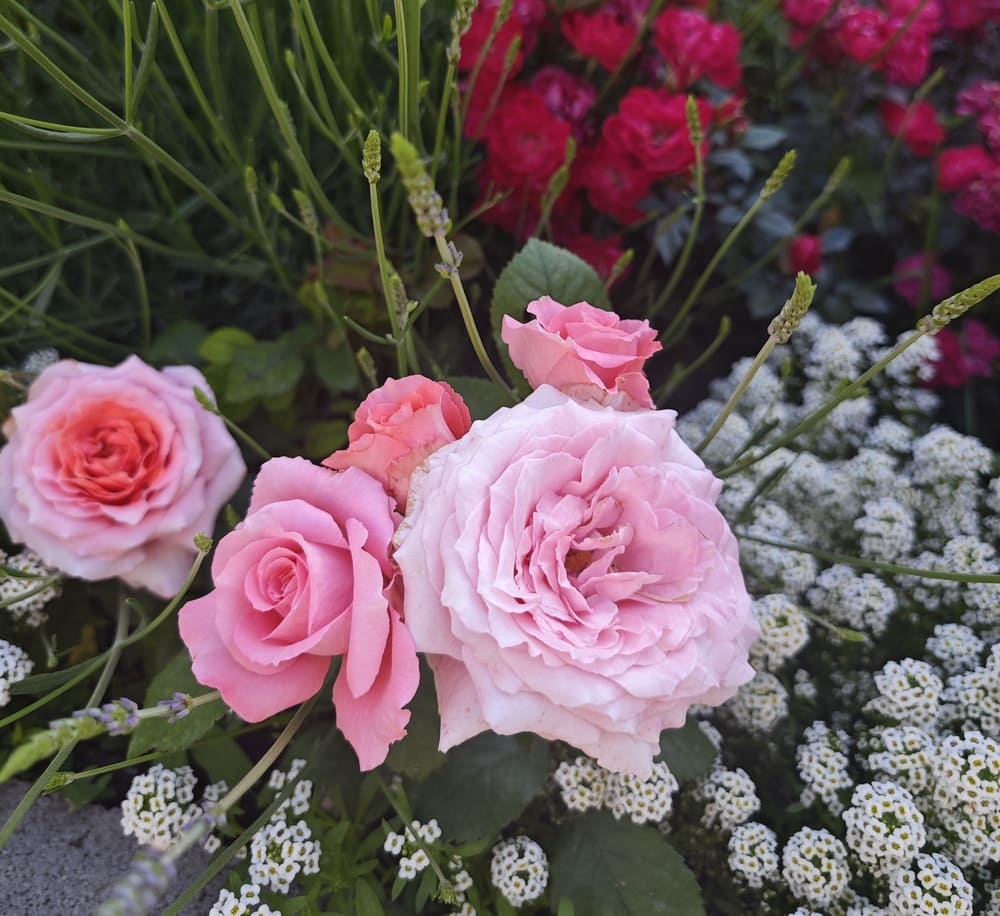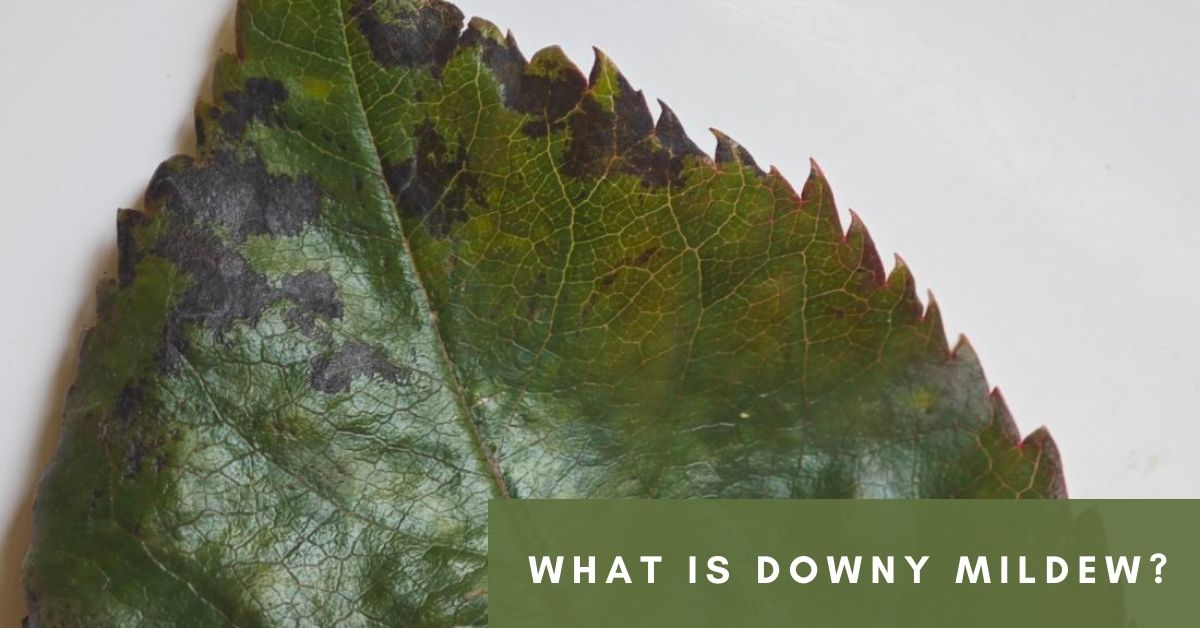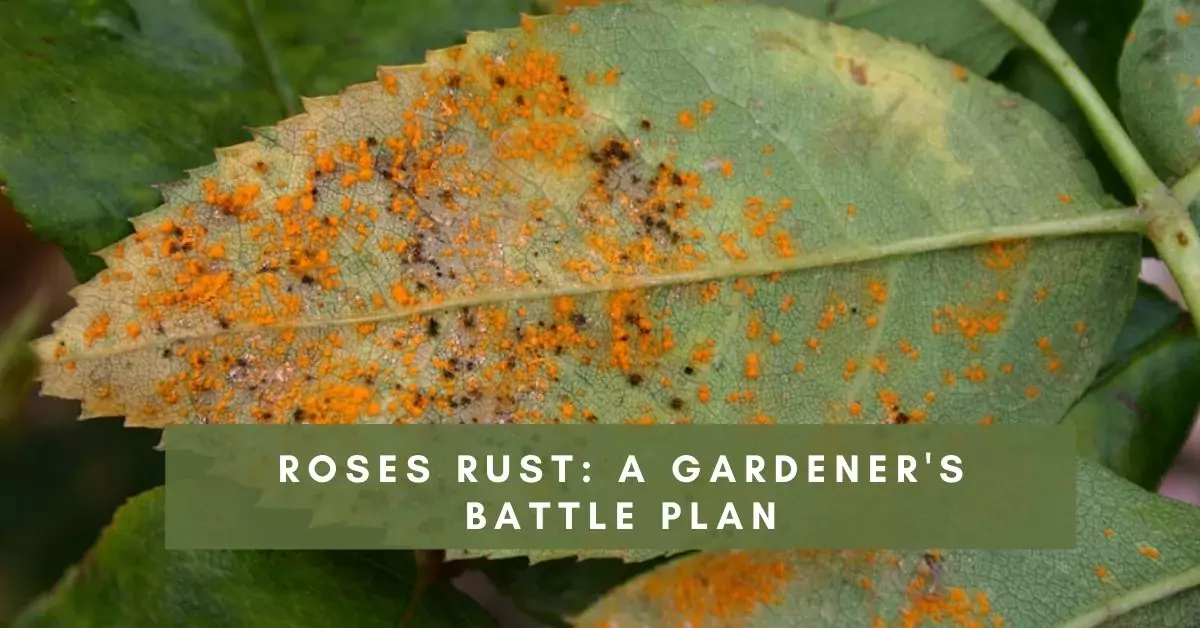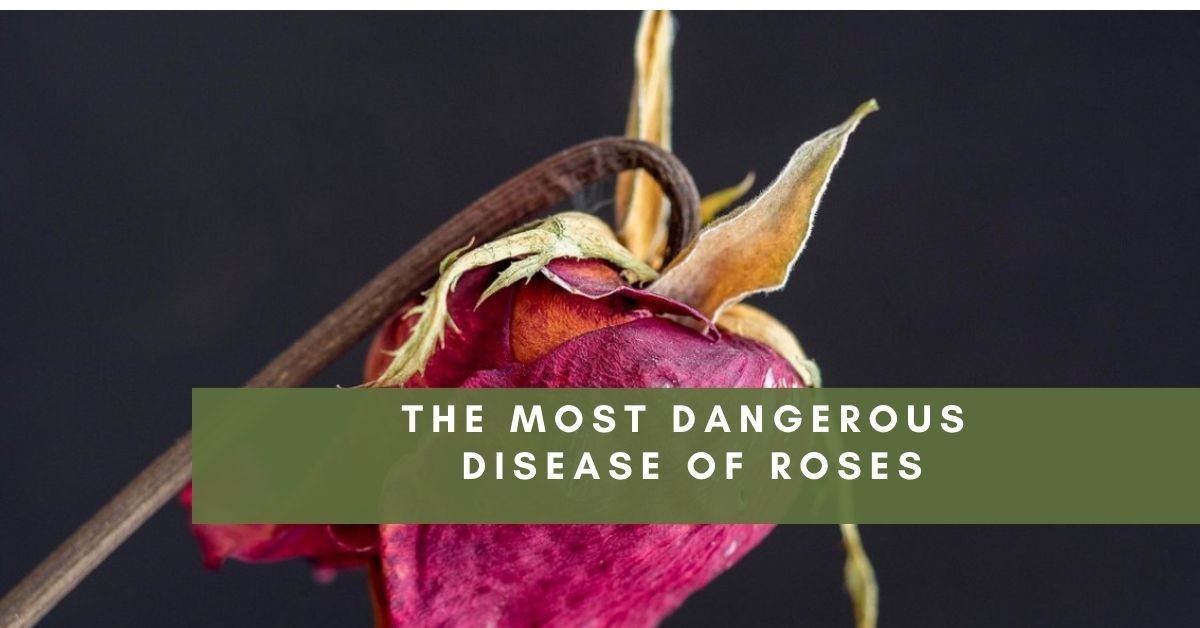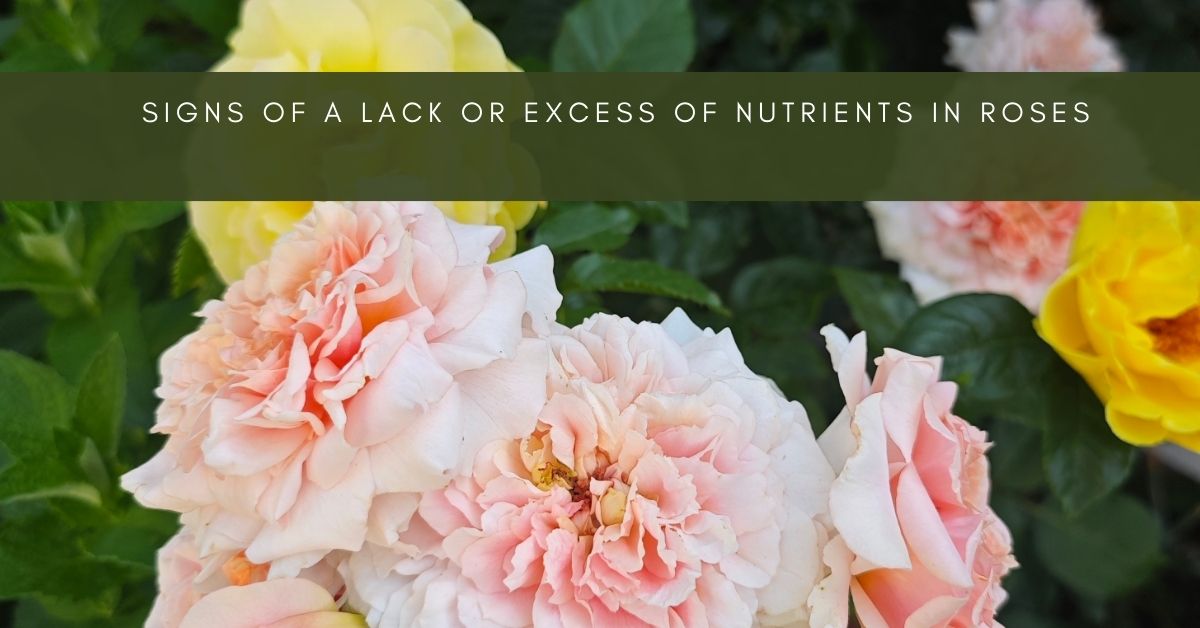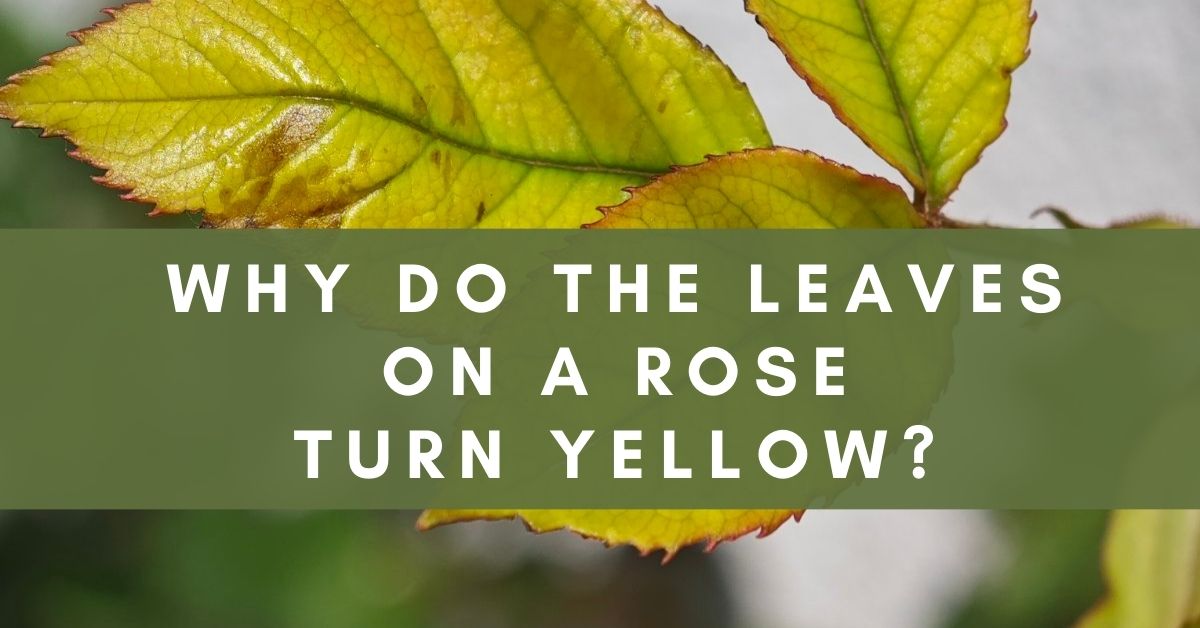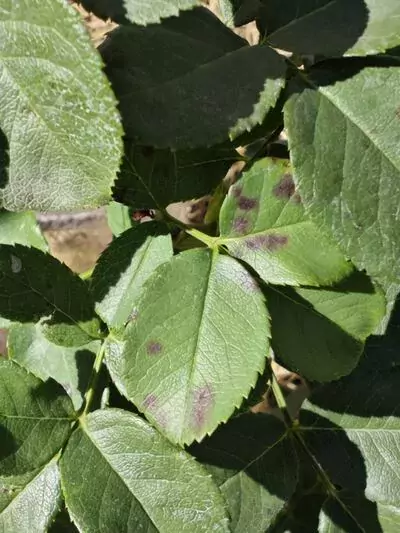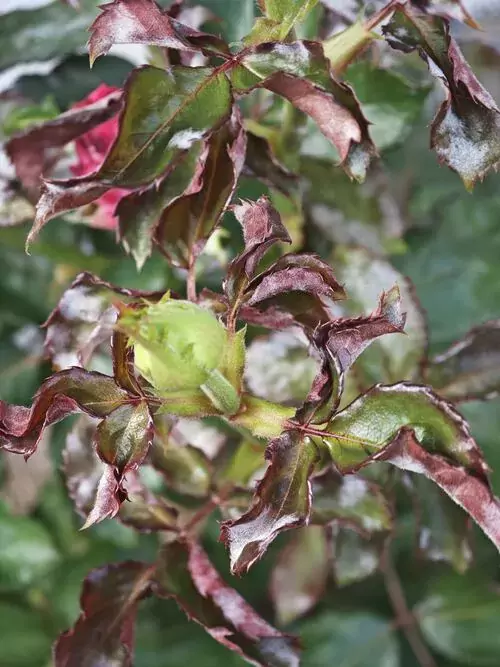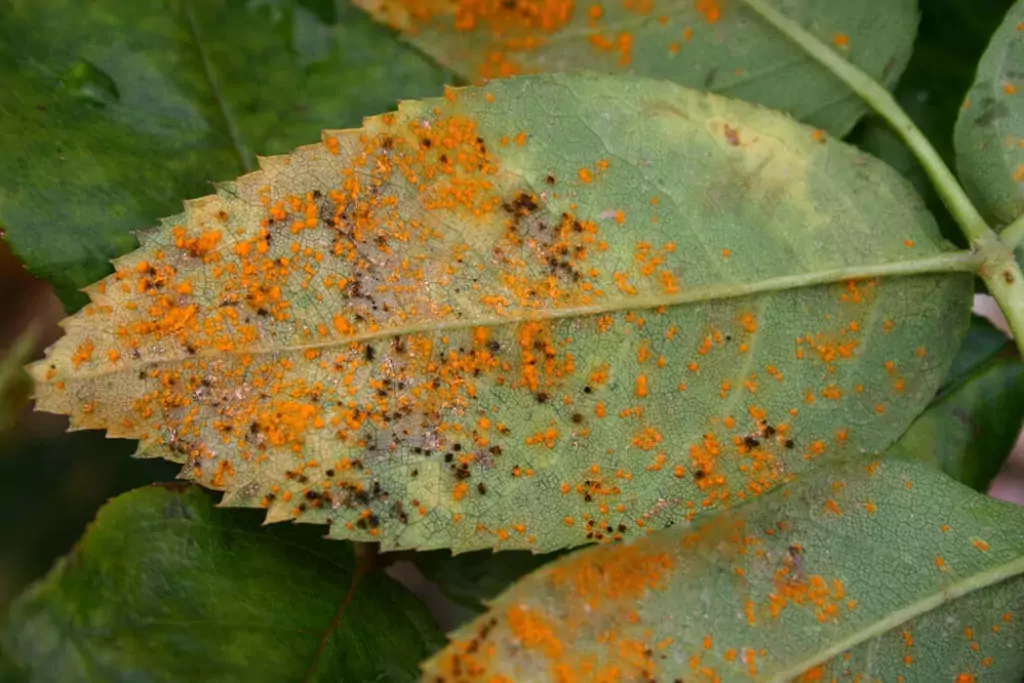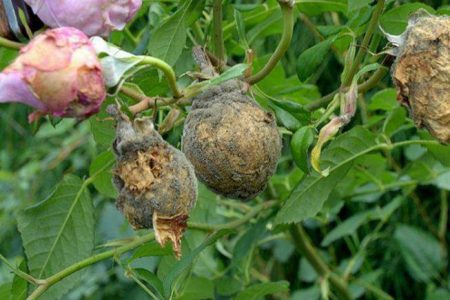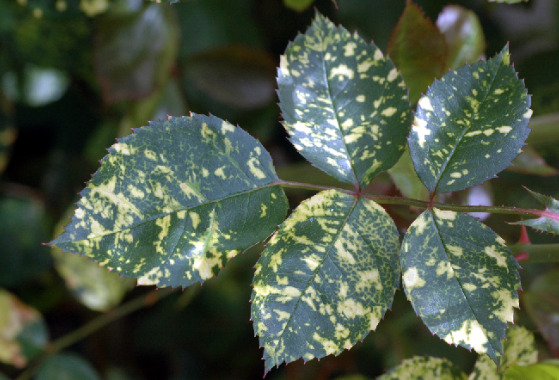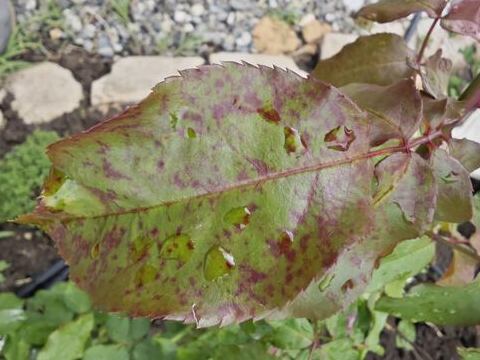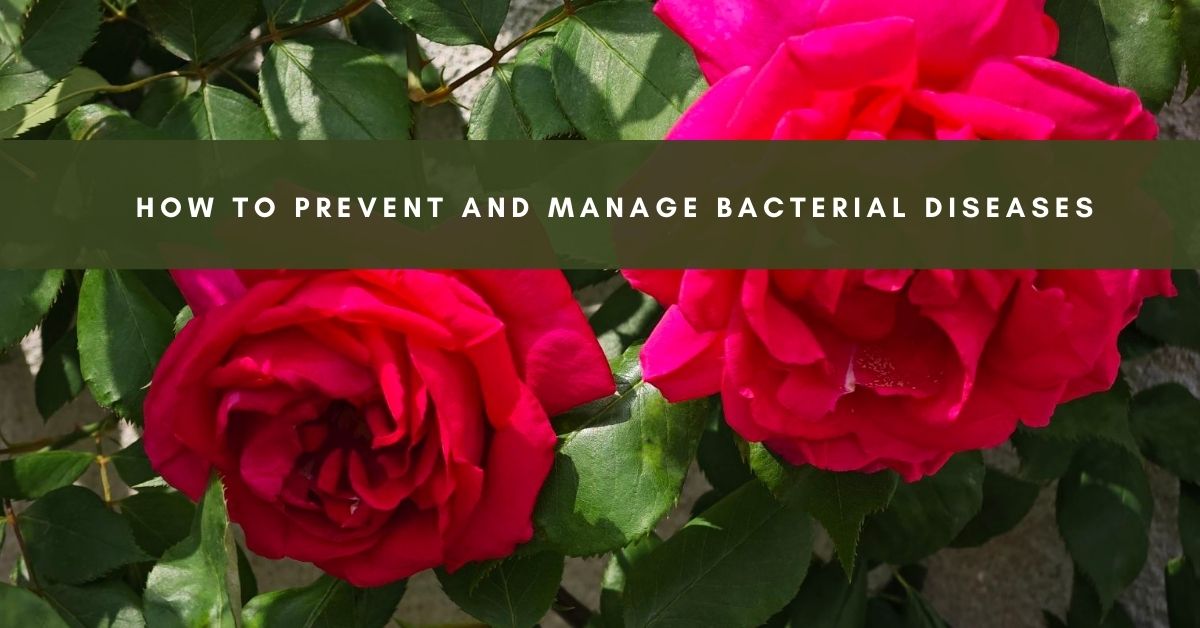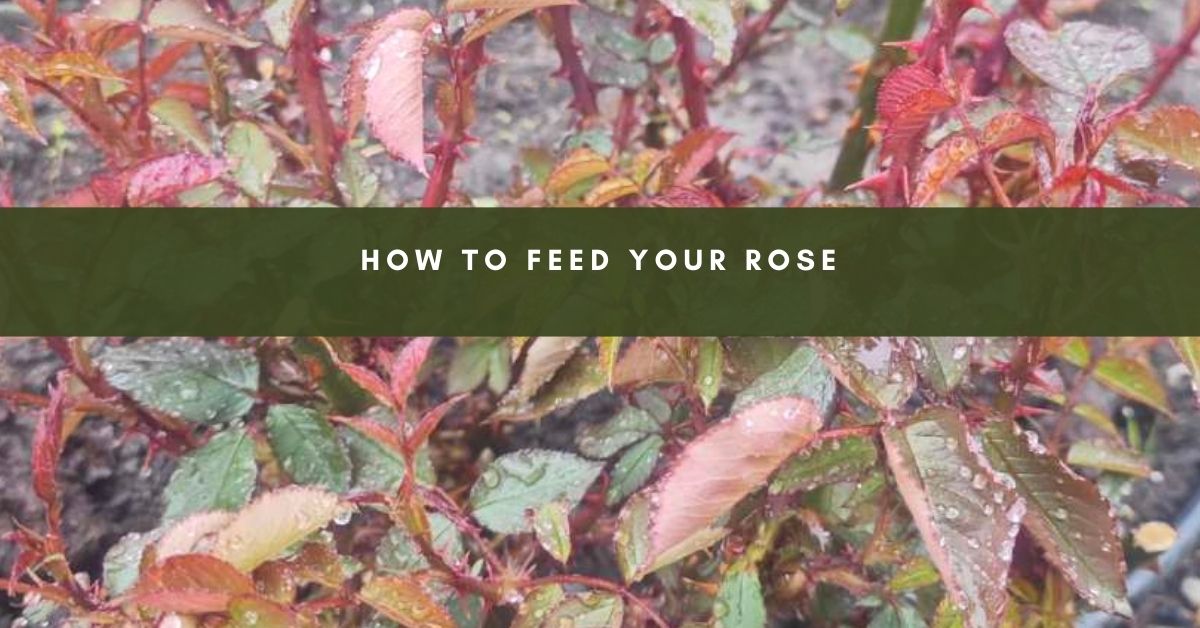Rose diseases
The Best Time to Fertilize Roses in Spring and Summer
Revitalize Your Roses with Natural Compost
Common rose diseases and Rose disease treatment
Essential tips for rose disease prevention
01.
Ensure Proper Air Circulation
Space roses adequately and prune regularly to improve air circulation, reducing humidity that encourages fungal growth.
02.
Water at the Base
Avoid overhead watering, as wet leaves are more susceptible to fungal infections. Use drip irrigation or a watering can for precision.
03.
Feed and Mulch Wisely
Keep your roses strong by applying balanced fertilizers and adding mulch to retain soil moisture and block weed growth, which can harbor pests.
04.
Inspect Regularly
Check your roses weekly for early signs of disease, like discoloration or spots, and act promptly if issues arise.
05.
Use Preventative Sprays
To prevent fungal infections, apply organic fungicides like neem oil or a baking soda solution early in the growing season.
How to identify common rose diseases
Look for circular black spots with yellow edges on the leaves. Leaves may turn yellow and fall off.
A white, powdery coating on leaves, buds, and stems, often in warm and humid conditions.
Orange or rust-colored spots appear on the undersides of leaves, leading to leaf drop if untreated.
Grayish mold and rotting on rose buds, especially in wet, cool weather.

Crown Gall
Knobby, tumor-like growths near the base of the plant or on stems caused by bacteria.
Yellow patterns or wavy lines on leaves cause stunted growth but are not usually fatal.
Purple or dark brown spots on leaves, with fuzzy mold growth during cool, wet weather.

Get Your Free Lunar Gardener's Calendar 2025!
Join the Lunar Gardening Revolution! Subscribe now to receive our exclusive Free Lunar Gardener’s Calendar for 2025. Harness the power of the moon to optimize your planting, nurturing, and harvesting.
7 Proven Tips for Rose Disease Prevention: Keep Your Blooms Healthy and Vibrant
